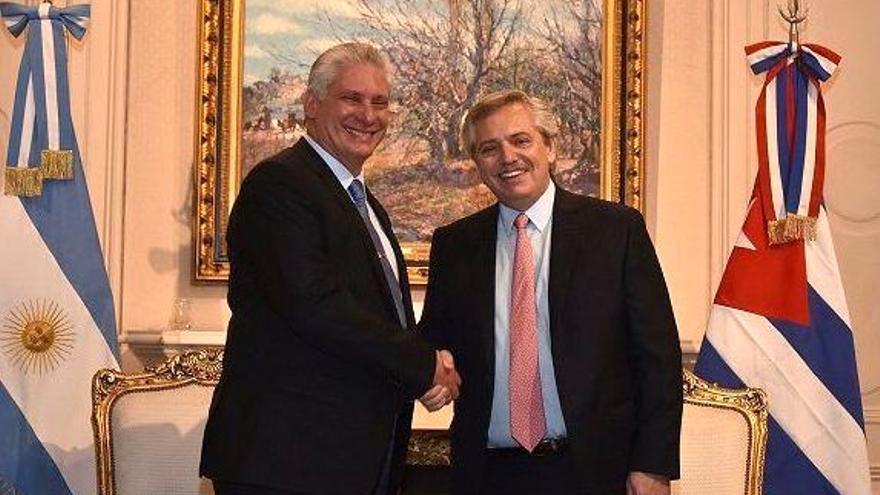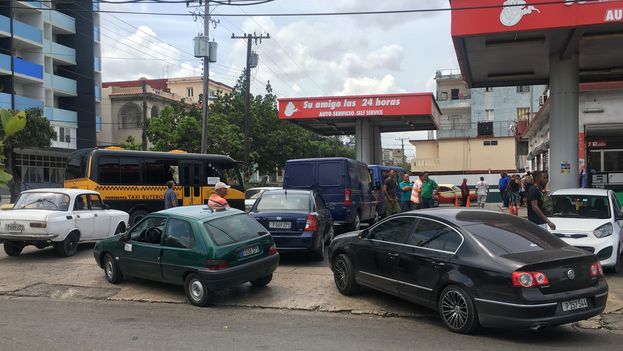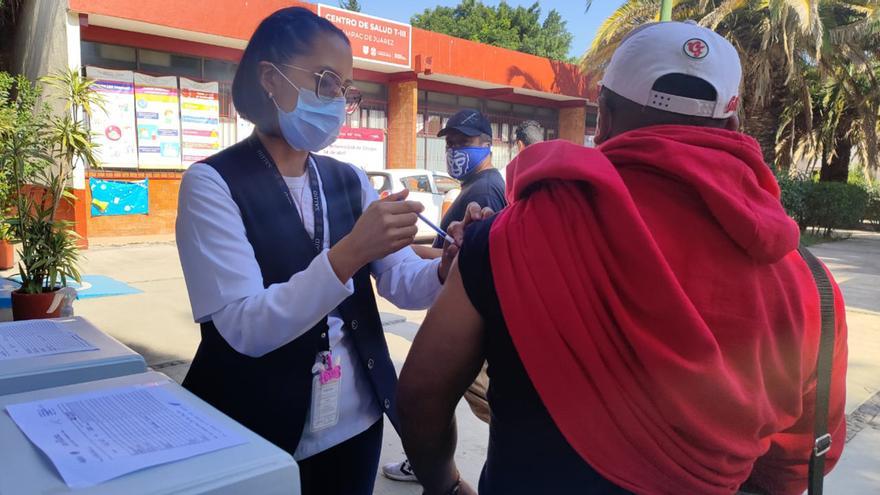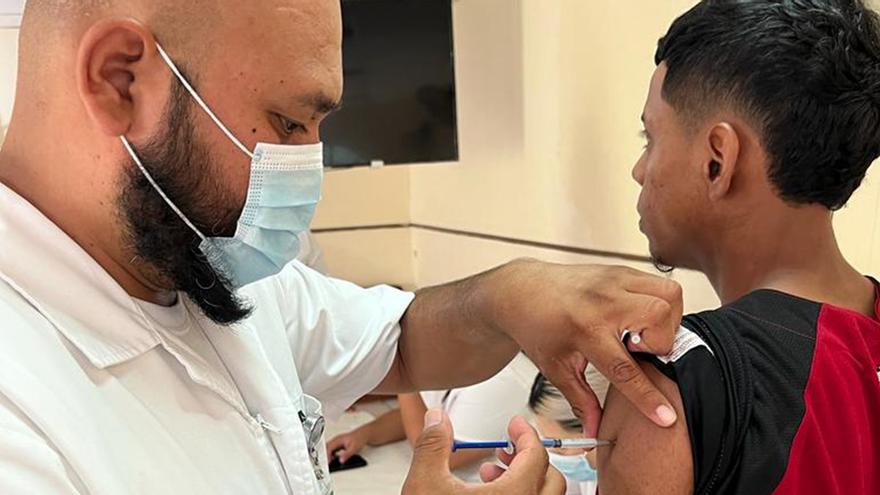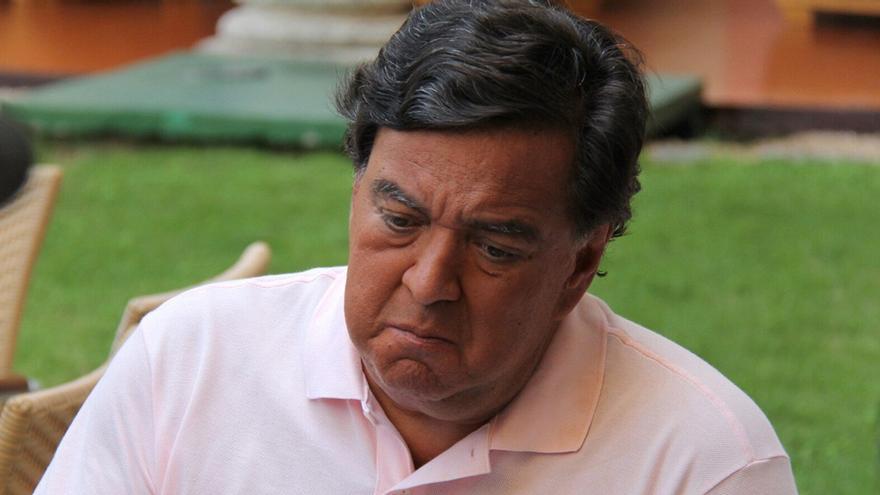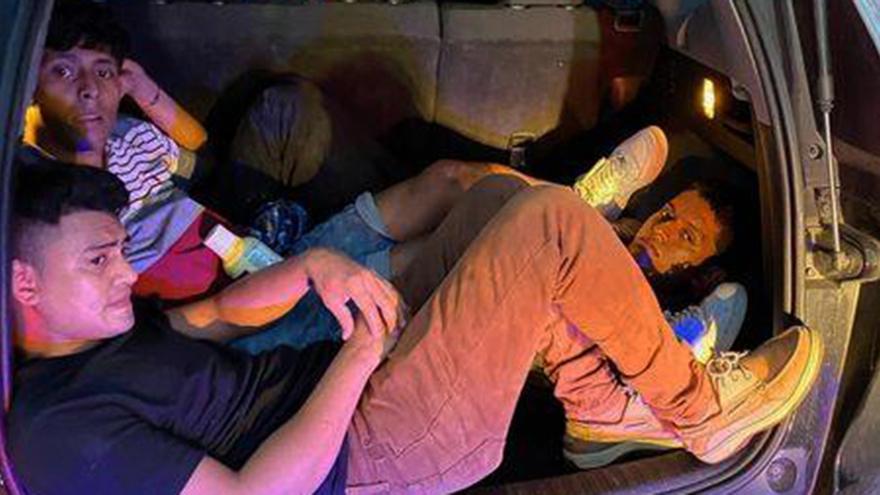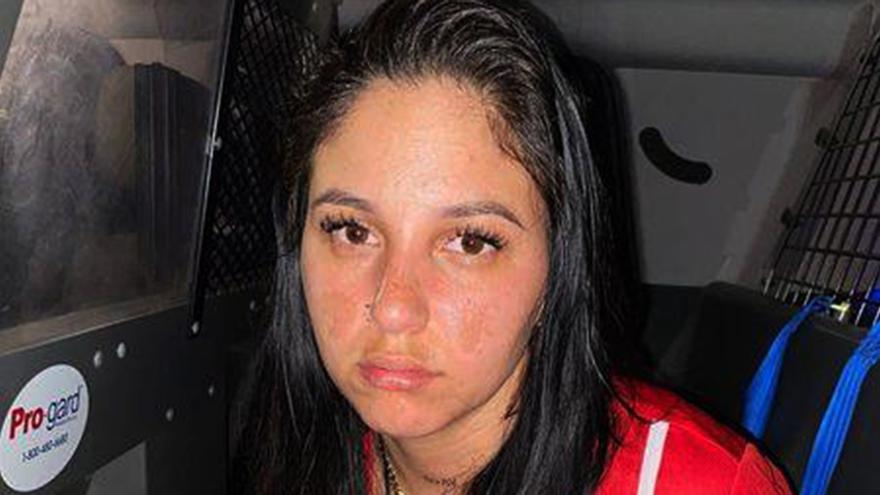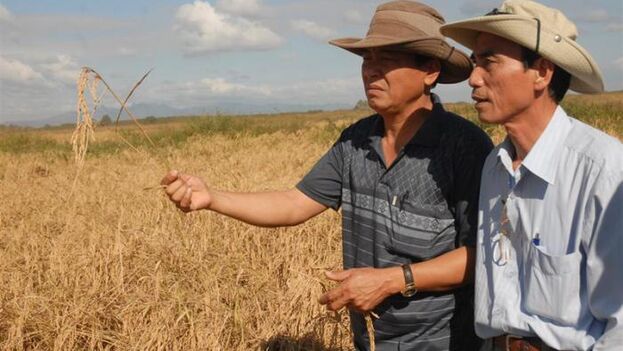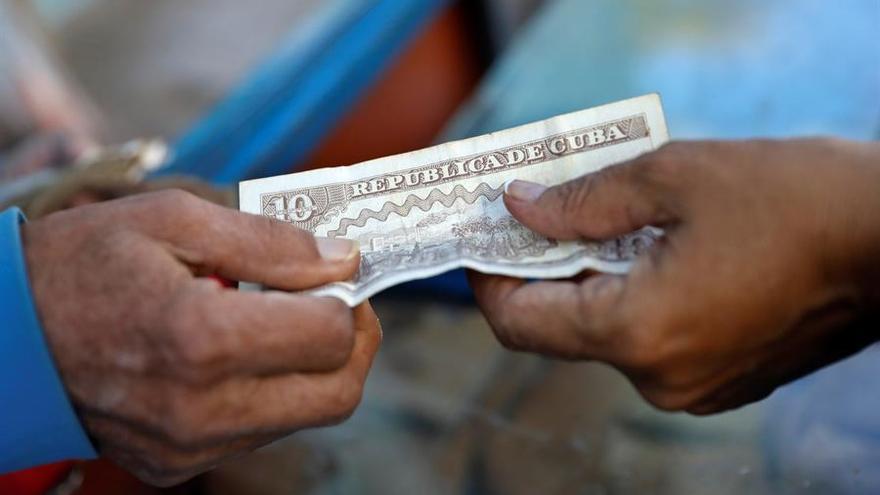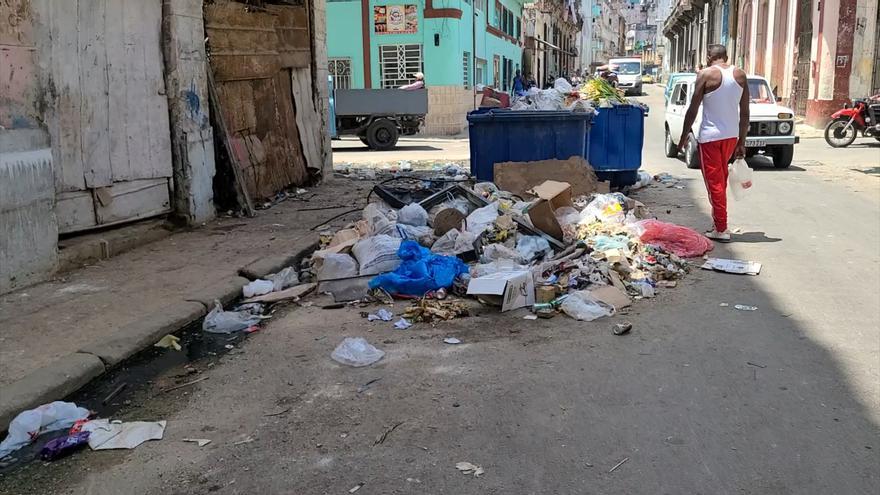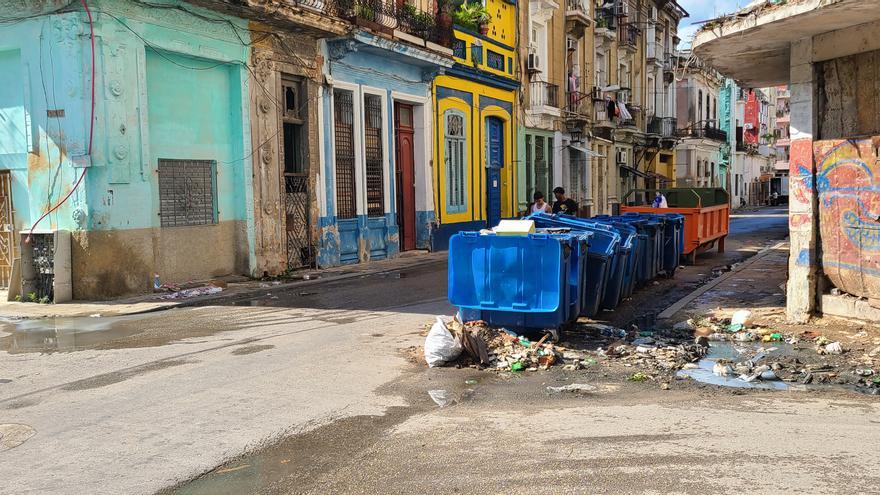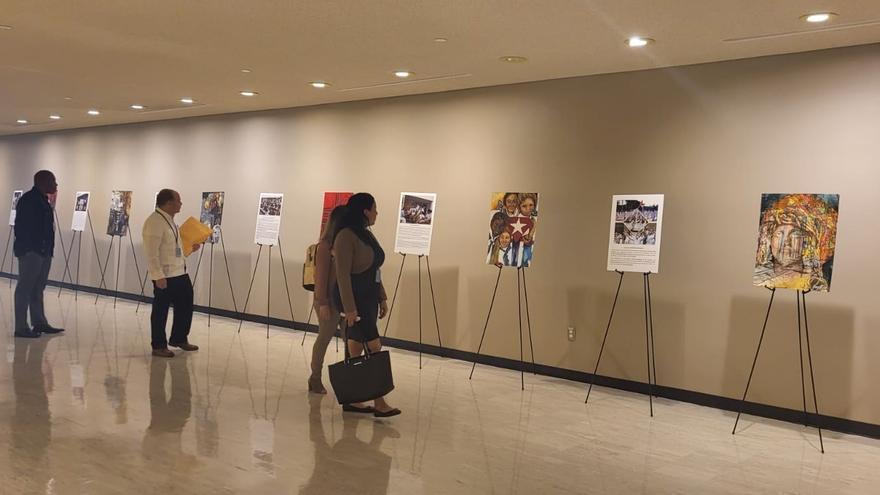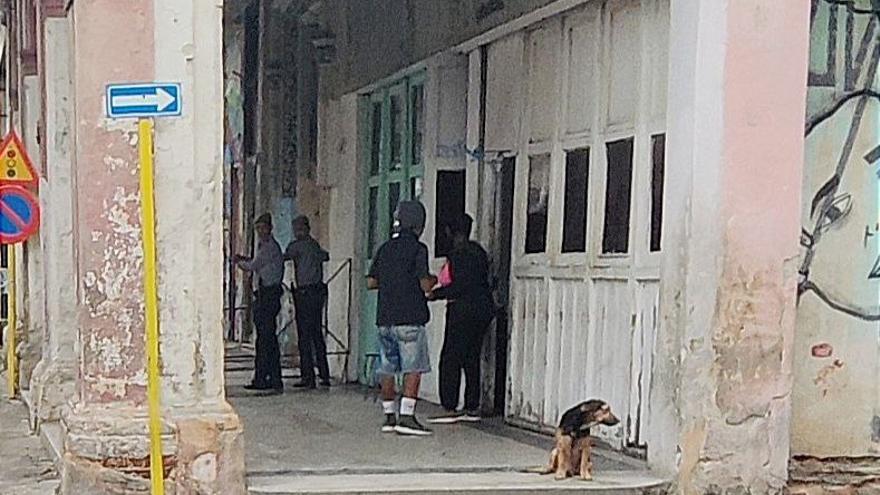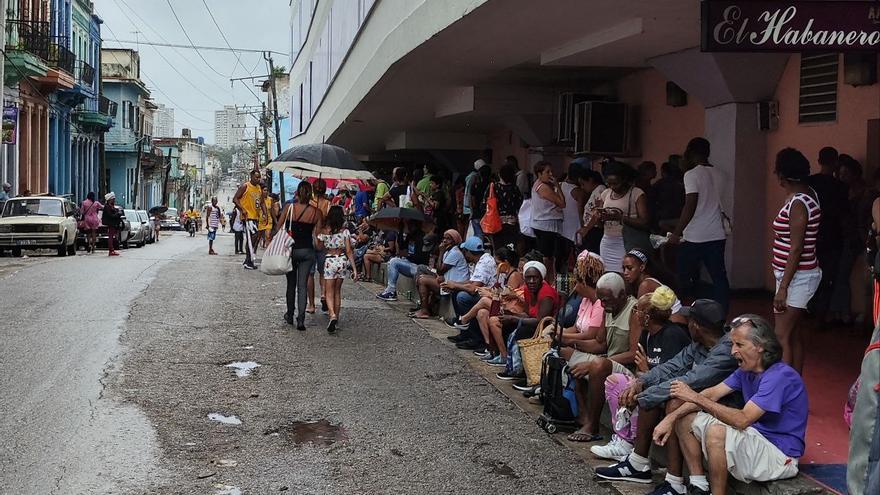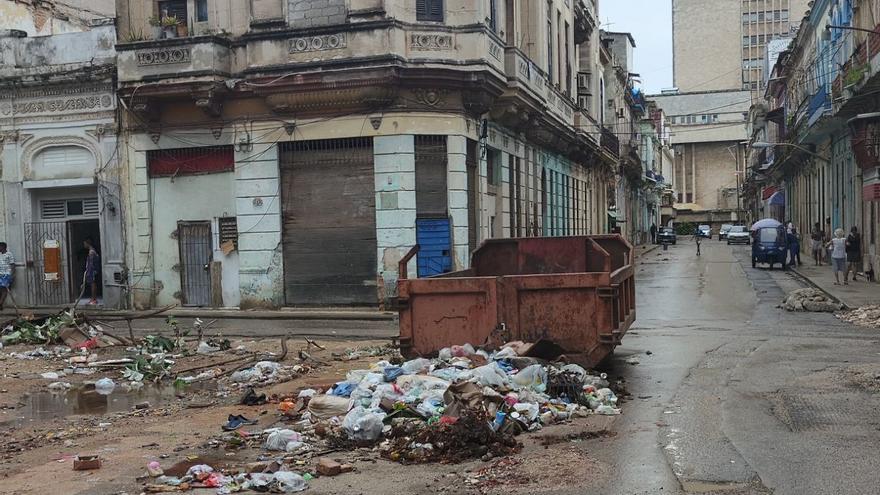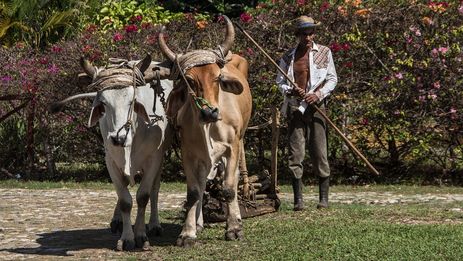
![]() 14ymedio, Elías Amor Bravo, Economist, 4 September 2023 — The Stalinist doctrine that has governed the Cuban economic and political system for 64 years spares no effort in trying to prove the impossible. They have pulled out of a hat a story that intends to show that with a correct direction and collective effort, it is possible to weed out unproductivity in an agrarian cooperative that was practically abandoned, dead. The example is intended to be extended to the Cuban agricultural sector in that forward flight to produce food in which the regime finds itself.
14ymedio, Elías Amor Bravo, Economist, 4 September 2023 — The Stalinist doctrine that has governed the Cuban economic and political system for 64 years spares no effort in trying to prove the impossible. They have pulled out of a hat a story that intends to show that with a correct direction and collective effort, it is possible to weed out unproductivity in an agrarian cooperative that was practically abandoned, dead. The example is intended to be extended to the Cuban agricultural sector in that forward flight to produce food in which the regime finds itself.
It is unfortunate that Cuban communists continue to believe in this kind of thing, when experience says otherwise. Collectivism is the direct road to poverty, misery and hunger. This doctrine comes from the rules of scientific communism, and it has led Cuba to the current disaster, which seems to have no solution. Inventing stories, in these conditions, is reckless. This is not the path that Cuban agriculture needs to take to be efficient and produce more and better.
What happened in the Antonio Maceo Agricultural Production Cooperative (CPA) in Granma Province is a unique story, but how many similar experiences currently exist in the Cuban economy? In any case, the elements that have facilitated the supposed success of this project are usually difficult to find in others. Collectivist formulas with the design applied by the Cuban regime have never worked when it comes to producing more and better.
The story is still surprising. As stated in the article, “on the verge of being dissolved about two years ago due to its low production, non-payments to workers and financial losses, the Antonio Maceo CPA, of the municipality of Guisa in Granma, currently shows a very different panorama in which productivity is harvested.” And the rest of the booklet is a cult of communist propaganda intended to present the case as a success. However, there are some dark spots.
With the epic that characterizes Castro’s prose, everything seems to have happened thanks to the commitment of a young peasant, Rudisney Roselló Arévalo, who came to lead the aforementioned cooperative a few years ago. The first thing he observed was a panorama described as pitiful: “empty lands, others half cultivated, disgruntled workers … financial debts and defaults,” a magnificent description of the Cuban agrarian panorama today. continue reading
Rudisney, seeing that “there was a desire to change direction,” says that there was nothing magical in the radical transformation shown today by those lands dedicated to various crops and fruit trees. He had no choice but to turn to the communist organization for support. Nothing in Cuba is done without it.
The cooperative was dominated by losses that amounted to more than two million pesos and was about to be dissolved, with debts to companies and payments owed to workers. Of the original workforce of 37 workers, only 16 cooperative members remained. The available land, 90 acres, was depressed, and only 10 were in production, less than 10%. In those conditions, producing was a chimera.
And it is here that the state press dashes for home and puts in Rudisney Roselló Arévalo’s mouth words that cannot be true, such as when he emphasizes that “collective work has been the key that has allowed them to achieve, in just over two years, the visible productive transformations that the Antonio Maceo CPA shows today.” It’s good that they force him to say certain kinds of things, but in the end if they end up believing them, that’s their problem.
Without owning the land, which would have been enough to move production, Rudisney had to entertain himself with what the communists let him do, such as “drawing up strategies to pay the debts that existed with the cooperative members” or holding cooperative meetings for everything, such as, “carrying out the actions of land preparation and planting of the papaya and guava voluntarily. The money that the CPA would save would be used to honor the debts with the workers.”
Think about the workload up to this point, especially the planting, and there is nothing at all. It’s all administrative bureaucracy. But behold, the CPA managed to get out of the productive rut into which it had fallen, and, as if by magic, “the land will respond with better harvests, and the income would allow it to start paying salaries monthly and distributing profits every three months, a reality that encouraged other workers to reintegrate into the cooperative.”
Honestly, doesn’t it remind you of the chickens and the eggs?
Not content with narrating the facts so far, the article cited the case of Yusdel Reyes Pérez, a worker reinstated to the CPA, after having left in 2018 because he failed to receive his salary. Yusdel said that “a year ago I found out that the coop was taking another path, and I recently returned to try my luck. The truth is that the change has been great.”
And he clarifies: Where before there used to be weeds, now there is cassava, sweet potato, corn, melon, cucumber, guava, garlic, onion, sesame … and all this with improvements for the workers who have returned to occupy the 37 places that in some cases have paid 20,000 pesos or more when a harvest is completed, double what a provincial inspector earns, which is almost nothing.
They have managed to function as a family, and they have attracted others to devote themselves to agricultural tasks, which has led to the recovery of the CPA. Of course, “several organizations have also intervened, with the support to carry out voluntary work in the preparation and planting of the land.” You can already imagine which organizations and under which principles (the popular council and various organizations and entities) helped. So it’s the same as always.
What they don’t talk about in the state press is the issue of land. Efforts to return it to production have been important, and the threat of pests is there due to the lack of inputs. But the most important thing is that the CPA land is the same amount; they do not allow it to grow in dimension, much less reach some formula for private ownership. The land still belongs to the state, the owner of all the land in Cuba, which cedes it on a whim, especially when the weeds become impossible to control.
This story would have a better ending if the CPA land really belonged to the cooperative members. Not only would they produce more, but they would also obtain higher yields. State ownership of land slows down the expansion of the Cuban agricultural sector and limits its chances of feeding all Cubans. As an example, of the 89 cultivable acres that the CPA has, only 10 are between sowing and being ready to sow. The eternal drama of always: the land is not taken advantage of 100%.
The case of Rudisney and the Antonio Maceo CPA, if it is true, is an exception in the Cuban countryside. In order for our protagonist not to throw in the towel, the communist regime has to understand the influence of motivation on production. No one doubts that the Antonio Maceo CPA, from the municipality of Guisa, can have a favorable moment for future campaigns. But this can only be done by moving away from boring collectivist practices, which do not lead anywhere.
Translated by Regina Anavy
____________
COLLABORATE WITH OUR WORK: The 14ymedio team is committed to practicing serious journalism that reflects Cuba’s reality in all its depth. Thank you for joining us on this long journey. We invite you to continue supporting us by becoming a member of 14ymedio now. Together we can continue transforming journalism in Cuba.

